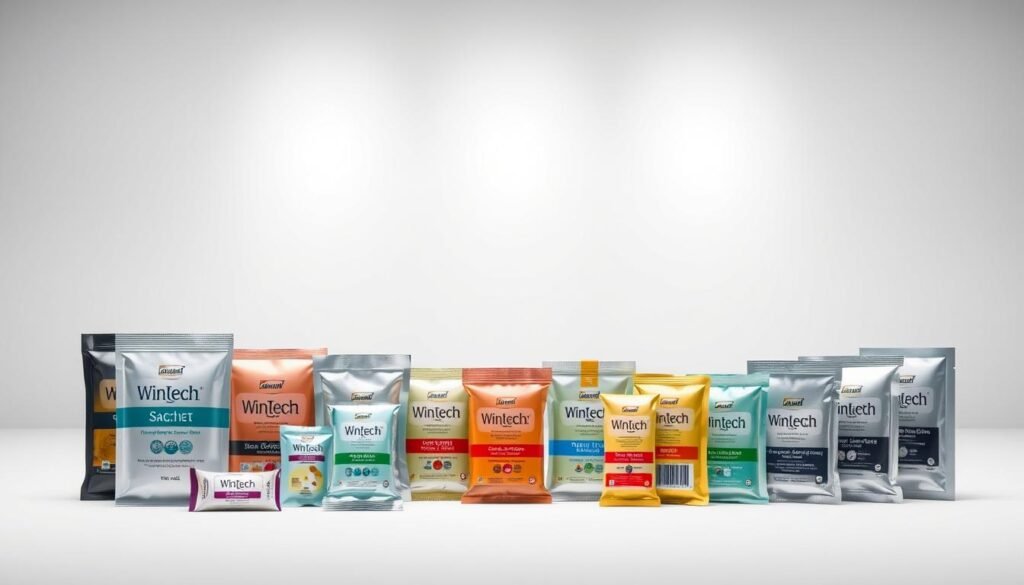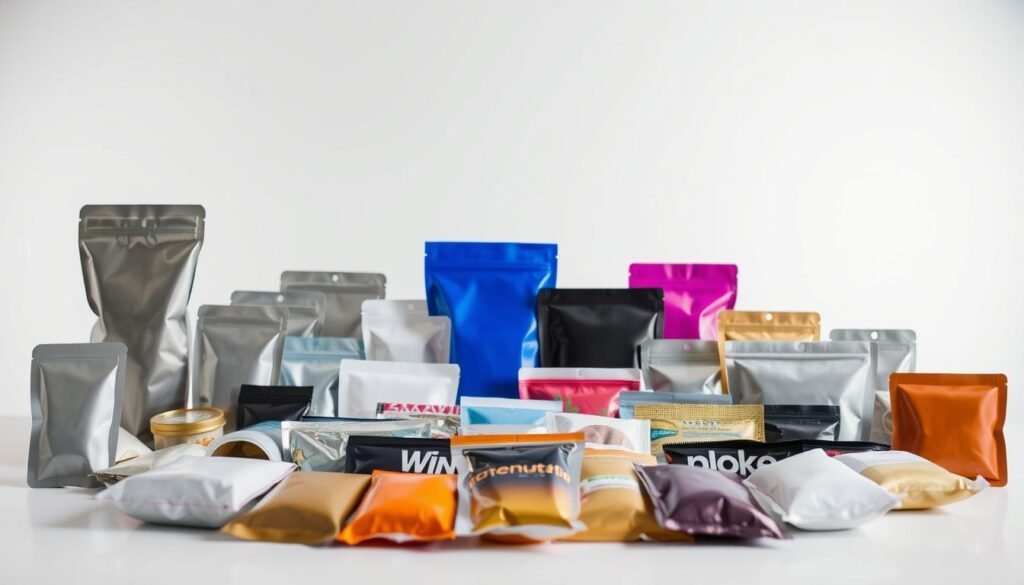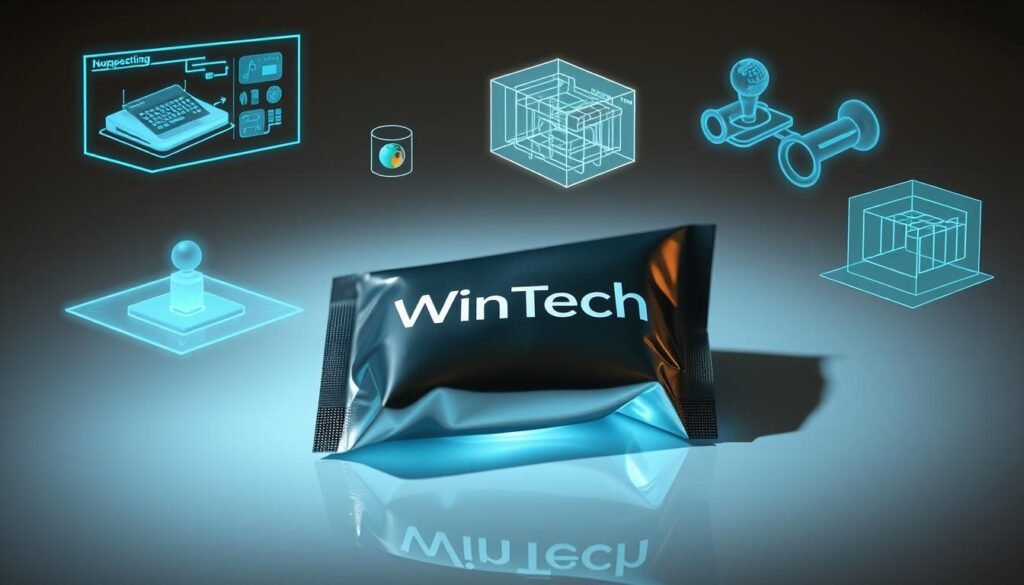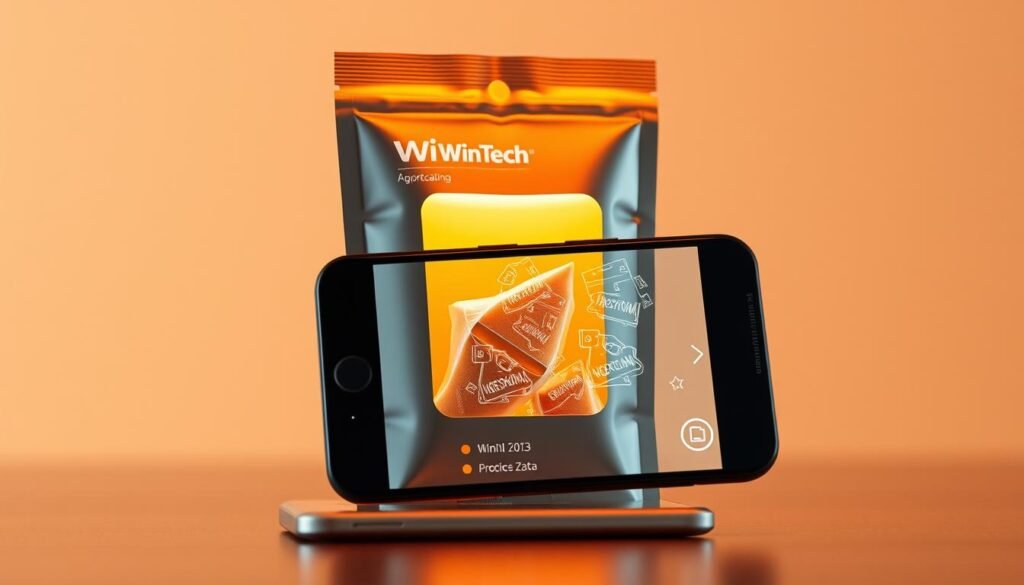Have you ever wondered how small packets of powder could transform your product interaction experience? Welcome to the cutting-edge world of sachets – compact, versatile packaging solutions that are revolutionizing how consumers engage with products across industries.
What are sachets? These single-use condiment pouches represent more than just a packaging method; they’re a gateway to personalized, interactive consumer experiences. Wintech Package is leading the charge by integrating augmented reality (AR) technology into sachet design, creating an immersive journey from package to product.
In today’s fast-paced market, what are sachets doing differently? They’re not just containers but smart platforms that bridge physical products with digital experiences. AR-enhanced sachets can provide instant product information, usage instructions, and interactive brand storytelling right at your fingertips.
Key Takeaways of What are Sachets
- Sachets represent innovative, compact packaging solutions
- Augmented reality transforms traditional packaging interactions
- Single-use condiment pouches offer convenience and personalization
- Technology is reshaping consumer engagement with products
- AR integration provides enhanced product information and experiences
What are Sachets: Definition and Overview

Sachets are small, sealed packages designed to contain single-use portions of various products. These compact containers have revolutionized how consumers interact with everything from tea sachets to skincare sample sachets and medicine sachets. Understanding what sachets are can help you appreciate their versatility and convenience in modern packaging.
The Evolution of Sachets
The concept of sachets has transformed dramatically over the years. Originally developed as a solution for portion control and product preservation, sachets vs packets became a game-changing packaging method. From early pharmaceutical applications to today’s innovative design, these small packages have become an essential part of multiple industries.
- 1950s: First introduced in pharmaceutical packaging
- 1970s: Expanded to food and beverage industries
- 2000s: Adopted by cosmetic and personal care sectors
Benefits of Using Sachets
Sachets offer numerous advantages that make them attractive to both manufacturers and consumers. Their compact size and precise portioning provide several key benefits:
- Reduced product waste
- Enhanced product freshness
- Easy transportation and storage
- Cost-effective packaging solution
Common Applications of Sachets
You’ll find sachets across various industries, each leveraging their unique characteristics. Skincare sample sachets allow consumers to test products before purchasing, while tea sachets make brewing convenient. Medicine sachets ensure precise dosing and portability for pharmaceutical products.
“Sachets represent a perfect blend of convenience, innovation, and practicality in modern packaging.” – Packaging Innovation Magazine
Whether you’re looking at single-serve coffee, travel-sized skincare, or medical treatments, sachets continue to provide smart, efficient packaging solutions that meet diverse consumer needs.
What are Sachets: Types and Materials
When exploring packaging solutions, sachets have emerged as a versatile and innovative option for businesses across multiple industries. Understanding the different types and materials of packaging sachets can help you make informed decisions about your product packaging strategy.

The world of sachets is diverse, with two primary categories defining their structural characteristics: flexible and rigid designs. Each type offers unique advantages for different product applications and consumer needs.
Flexible vs. Rigid Sachets
Flexible packaging sachets provide exceptional adaptability for various products. These packaging sachets are lightweight, cost-effective, and can be easily customized to fit different contents. Foil sachets, in particular, offer excellent barrier protection against moisture and external contaminants.
- Flexible sachets: Ideal for single-use products
- Rigid sachets: Best for products requiring structured protection
- Foil sachets: Superior barrier properties
Materials Used in Sachet Production
Modern sachet production has evolved to address environmental concerns. Biodegradable sachets are gaining popularity as consumers demand more sustainable packaging solutions. These innovative materials provide the same functionality as traditional packaging while reducing environmental impact.
| Material Type | Key Characteristics | Common Applications |
|---|---|---|
| Foil Sachets | High barrier protection | Food, pharmaceuticals |
| Biodegradable Sachets | Eco-friendly, compostable | Cosmetics, single-serve products |
| Plastic Composite | Flexible, lightweight | Personal care, condiments |
By understanding the nuanced world of sachet materials, you can select the most appropriate packaging solution for your specific product requirements. Whether you prioritize sustainability, protection, or cost-effectiveness, there’s a sachet type designed to meet your needs.
What are Sachets: The Role of Augmented Reality
Augmented reality (AR) is transforming the world of sachets, turning small packets for powder and single-use condiment pouches into interactive experiences. This innovative technology bridges the gap between physical packaging and digital engagement, offering consumers a new way to interact with product information.

AR technology brings sachets to life by providing immersive digital experiences that go beyond traditional packaging. When you scan a sachet with your smartphone, you can unlock a world of additional content, from usage instructions to interactive brand stories.
Enhancing User Experience Through Digital Innovation
What are sachets in the digital age? They’re no longer just simple containers but gateways to rich multimedia experiences. AR enables brands to offer:
- Detailed product information
- Cooking or usage tutorials
- Interactive nutritional details
- Promotional content and games
Real-World AR Sachet Implementations
Brands are finding creative ways to integrate AR into their single-use condiment pouches and small packets for powder. Here are some compelling case studies:
| Brand | AR Feature | Consumer Benefit |
|---|---|---|
| Nestlé | Recipe Visualization | Instant cooking instructions |
| Kraft Heinz | Nutritional Tracking | Personalized dietary insights |
| Starbucks | Origin Story | Coffee sourcing transparency |
“AR transforms sachets from simple packaging to interactive storytelling platforms.” – Digital Packaging Innovations Report
By embracing augmented reality, brands are reimagining what are sachets and creating more engaging, informative experiences for consumers.
What are Sachets: The Future of Packaging
The landscape of packaging sachets is rapidly transforming, with innovative solutions reshaping how you interact with product packaging. Packaging sachets are no longer just simple containers but are becoming intelligent platforms for consumer engagement. From foil sachets with advanced protective properties to biodegradable sachets that minimize environmental impact, the future looks promising for sustainable and smart packaging technologies.
Trends Influencing Sachet Design
You can expect significant shifts in sachet design driven by consumer demand for versatility and functionality. Emerging trends highlight multi-use packaging options that adapt to various product needs. Manufacturers are exploring scent and flavor-based packaging innovations that enhance user experience, creating sachets that do more than simply contain products.
Sustainability in Sachet Production
Sustainability is becoming a critical focus in sachet manufacturing. Biodegradable sachets are gaining prominence as brands respond to environmental concerns. You’ll see increased investment in materials that reduce waste and minimize carbon footprint. Companies are developing packaging solutions that balance product protection with ecological responsibility.
Innovations on the Horizon
The future of sachet packaging will likely integrate cutting-edge technologies like artificial intelligence and smart packaging systems. These advancements promise personalized consumer interactions, enhanced product tracking, and improved quality control. As technology evolves, you can anticipate sachets that offer more than just product containment, becoming interactive and intelligent packaging solutions.

